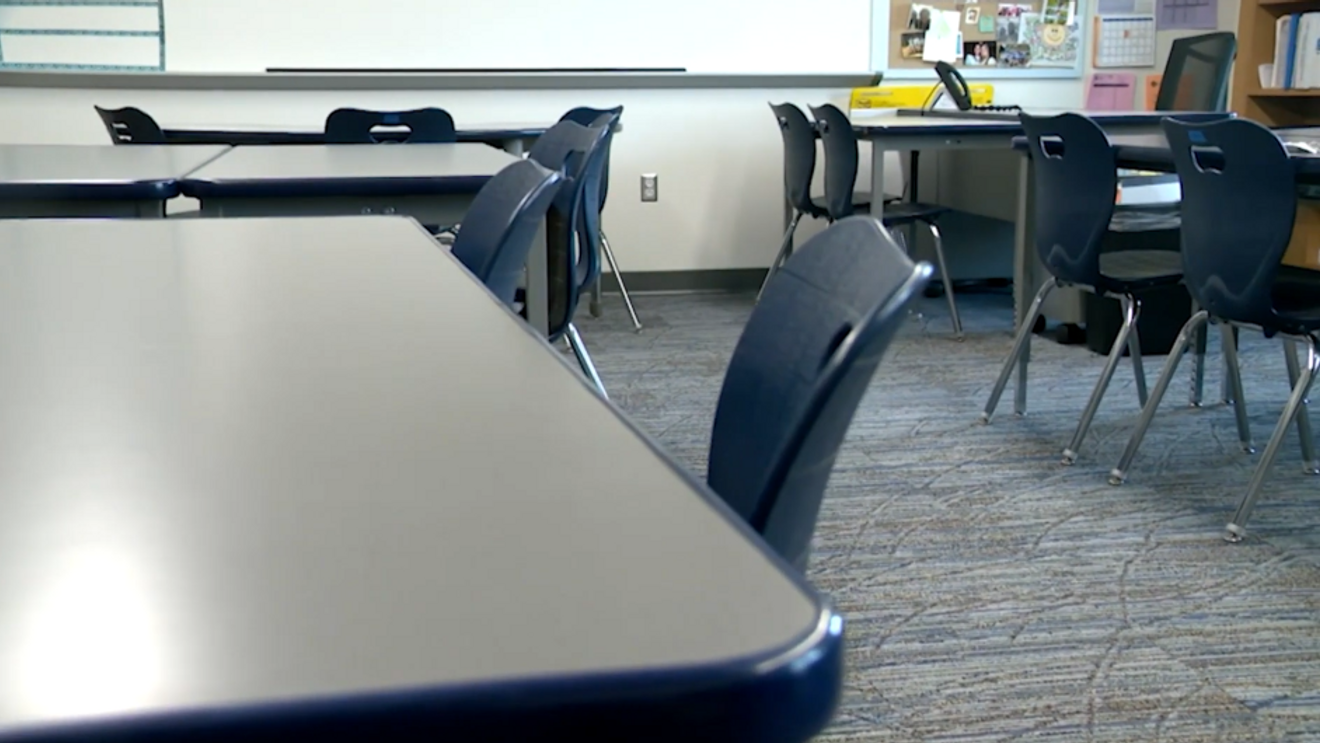
Maryland's outdated school plan won't fix its schools post-COVID
Originally published in the Washington Examiner
Before the COVID-19 pandemic swept the nation, closing most schools and permanently changing the U.S. education system, Maryland lawmakers devised an enormous education spending initiative known as the Kirwan plan.
The Kirwan formula calls for $31.9 billion in additional education spending over the next decade, with the total state and local annual burden rising to $4 billion by 2030. This extravagant and fundamentally flawed proposal overlooks the critical weakness of Maryland’s past education policies: spending that doesn’t improve student outcomes.
Fiscally irresponsible education spending has deep roots in Maryland. In 2002, lawmakers passed the Thornton plan (Bridge to Excellence in Public Schools Act), which hiked the state’s education aid by 60% through 2009. Billions of dollars later, however, Maryland students’ test scores remained virtually flat . More money did not equal better student outcomes.
Two decades later, Maryland lawmakers and the state’s education commission — the Kirwan Commission on Innovation and Excellence — are again advocating more spending as the key to students’ "excellence.” The proposal’s timing could not be worse.
The Kirwan plan promises a salary hike for the teachers and expansion of pre-kindergarten programs, among other things. Its design came before the COVID-19 crisis hit Maryland’s schools. And the pandemic highlighted not only the education system’s existing problems, but also introduced new challenges that need to be addressed from a fundamentally different perspective.
It’s not that difficult to see why a hefty education spending plan designed with only the pre-pandemic education system in mind would not be the most efficient solution for the post-pandemic education recovery. The Kirwan supporters’ key narrative, that Maryland underinvests in education, is false. As of fiscal 2020, the latest year for which data are available, Maryland spent $15,489 per pupil, compared with the national average of $13,494. Maryland ranked 15th in the nation in terms of per-pupil spending.
Baltimore City’s spending of $21,606 per student , for instance, makes its school system the fourth best-funded in America. That fact notwithstanding, recently released test results show that 93% of Baltimore City’s third- through eighth-grade students failed math.
The Kirwan plan, which splits the financial burden between the state and the localities, will devastate already financially-strained jurisdictions. Baltimore City, to offer one example, has been steadily losing its tax base and will be unable to afford the Kirwan plan without compromising the quality of other services. This will possibly drive out even more people.
The Kirwan plan promises higher salaries for already well-compensated teachers as a solution to underperforming schools. But this overlooks other elements that are important to a high-performing education system, such as school choice.
Maryland ranks 45th among 50 states in terms of school choice, and the pandemic years highlighted the state’s desperate need for improvement. In the last two years, the attitudes of Maryland parents toward different school options have changed dramatically. Many more are now open to homeschooling and private schools.
Empowering parents to choose which educational options best suit their children’s needs is key to accelerating the recovery of Maryland’s education system. Maryland needs a plan that is targeted at helping the state’s children bounce back from two and a half of the most difficult years in education rather than an irresponsible spending plan that merely embodies past failure.
As Maryland’s Gov. Wes Moore (D) noted in his speech, there is a need to be “ bold without being reckless .” Unfortunately, the Kirwan plan falls precisely under the reckless rubric.
Nevertheless, Maryland lawmakers are currently proposing a hefty $900 million down payment for the Kirwan funding plan from the fiscal 2024 budget. They have until April 10 to remove this boost for the Kirwan plan, which would be the first step in the right direction.
The Kirwan plan is a false remedy for the complex post-pandemic education recovery. For the sake of Maryland’s children, state lawmakers need to carefully reevaluate the financial ramifications of their plan and abandon it in favor of more cost-effective alternative recovery solutions.
Carol Park is a Senior Policy Analyst at the Maryland Public Policy Institute. She can be reached at cpark@mdpolicy.org






